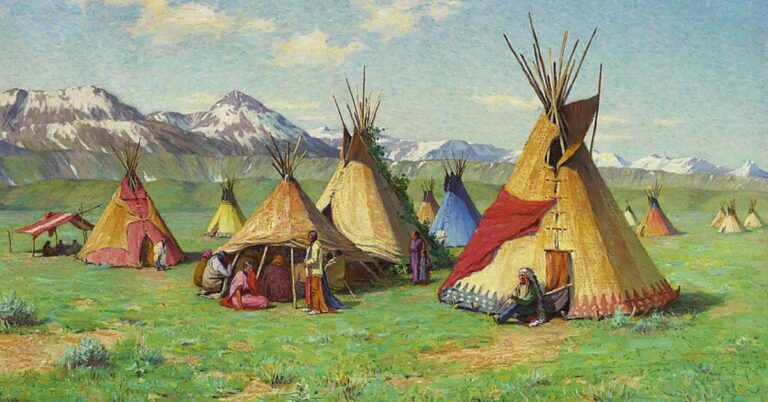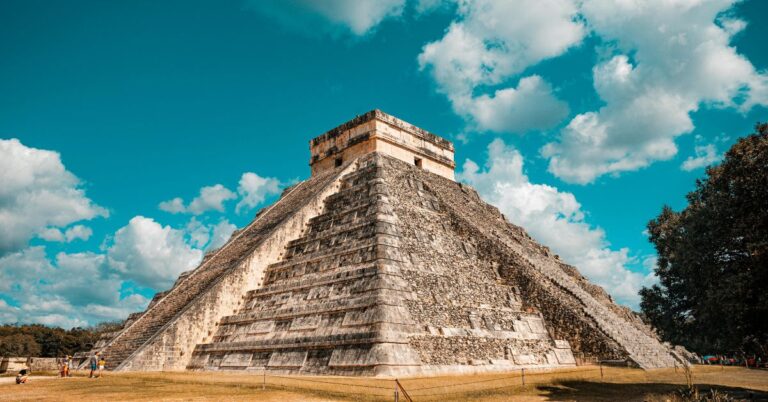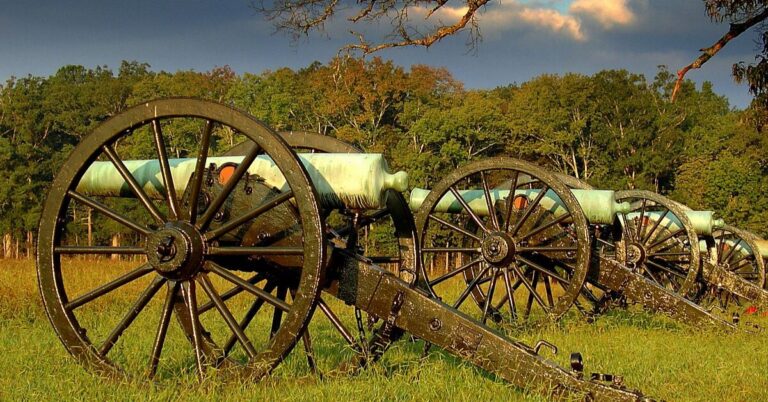15 American Hideouts That Once Sheltered Outlaws And Cowboys
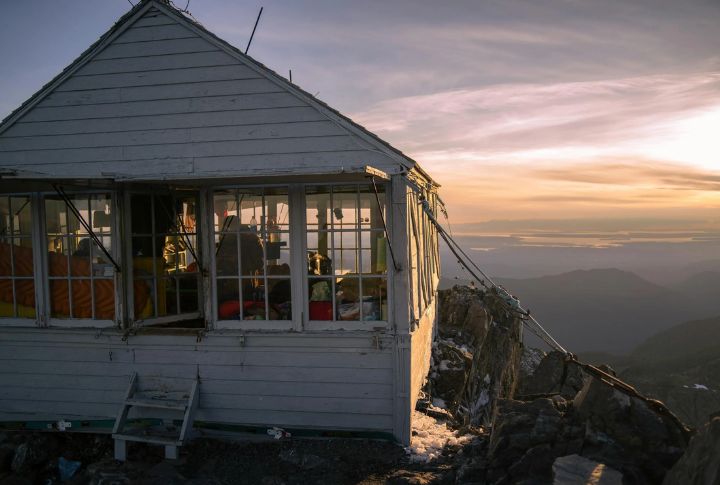
Dust wasn’t the only thing that settled on these lands. Hidden in canyons, under cliffs, and across empty plateaus, these hideouts once held men on the run and those chasing a living where the law came second. Some left behind whispers, others scars. Here’s a look at the places where the untamed West caught its breath.
Robbers Cave, Oklahoma
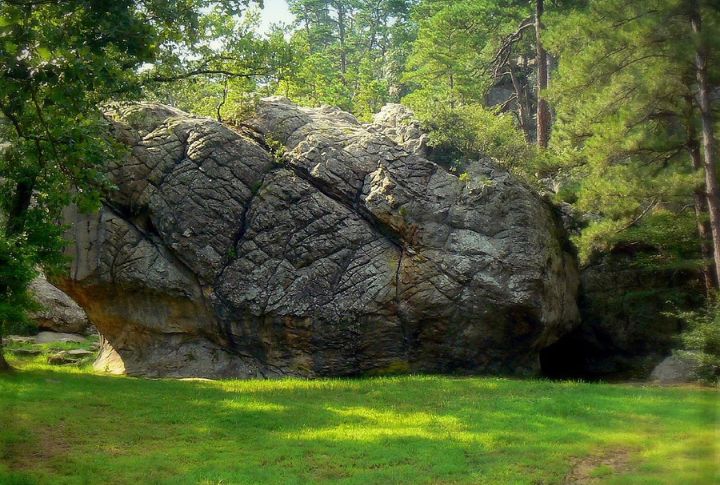
Carved from ancient sandstone, Robbers Cave became a favorite for those dodging justice. Legends tie Jesse James and Belle Starr to its hidden chambers. Surrounded by dense forest and overlooking steep slopes, it offered clear sightlines and concealed movement; a tactical dream for a runaway.
Brown’s Park, Colorado
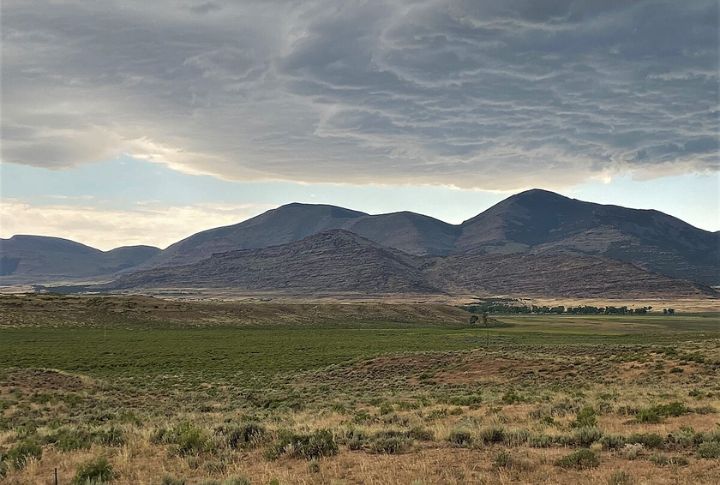
Ranchers and even women who owned and managed large cattle ranches once rode through this untamed valley. Brown’s Park, located near the Utah border, was a refuge shaped by isolation and lax law enforcement. Today, its vast quiet feels suspended in time—peaceful, yet charged, like the land remembers something it’s not quite ready to forget.
Robber’s Roost, Utah
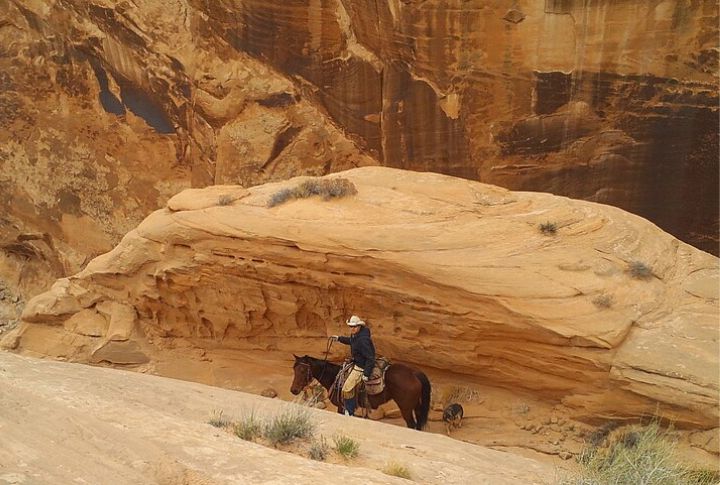
Butch Cassidy and his gang turned this maze of canyons into an outlaw HQ. Horses were hidden inside the passages, and supplies were cached in remote corners. While not all were cowboys by trade, local ranch hands and drifters often aided the Wild Bunch in exchange for protection or a share of the loot.
Charlie Goodnight’s Dugout, Texas
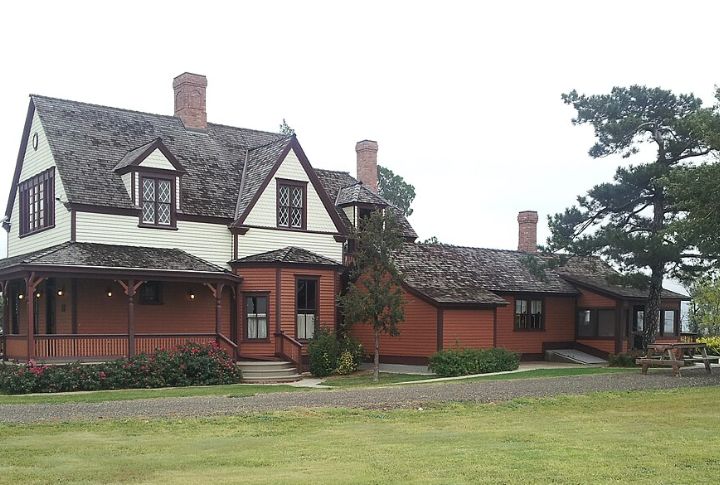
Charlie Goodnight’s first dugout was more survival than comfort—a rough shelter carved from the Texas wild during his cattle-driving days. Long before the ranch house rose, there were packed earth walls and a roof born of necessity. Visitors swear the air still carries dust and echoes of weathered boots.
Black Hills, South Dakota
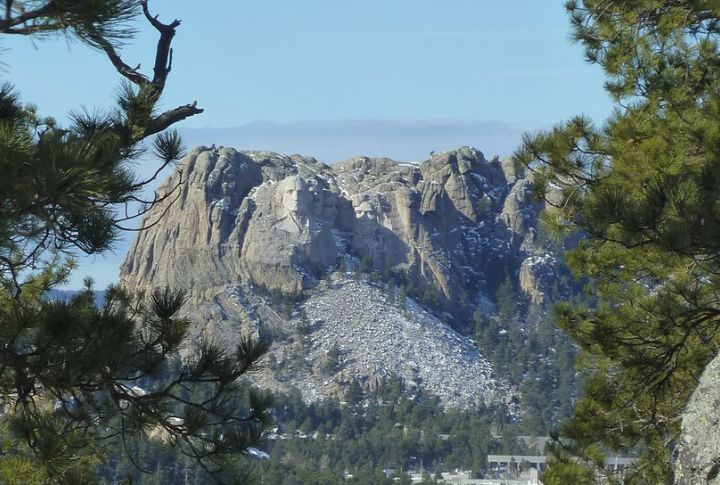
The 1870s Black Hills gold rush lured not just miners but outlaws like Lame Johnny, who preyed on stagecoaches. Rugged gulches and pine forests shielded criminals from vigilante justice, while towns like Deadwood earned notoriety for lawlessness long before territorial marshals ever arrived.
Skeleton Canyon, Arizona (New Mexico Border)
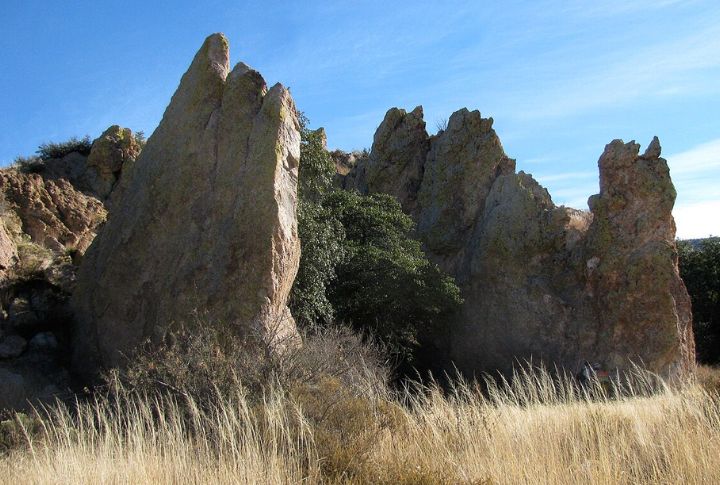
Situated between mountain ranges near the Mexican border, Skeleton Canyon gained notoriety for its role in smuggling and outlaw crossings. Rustlers and renegades, including members of the Clanton gang, used it to escape to the south. Its remoteness and rugged terrain turned it into a ghost-filled passage for the desperate and armed.
Old Spanish Trail Crossing, Utah
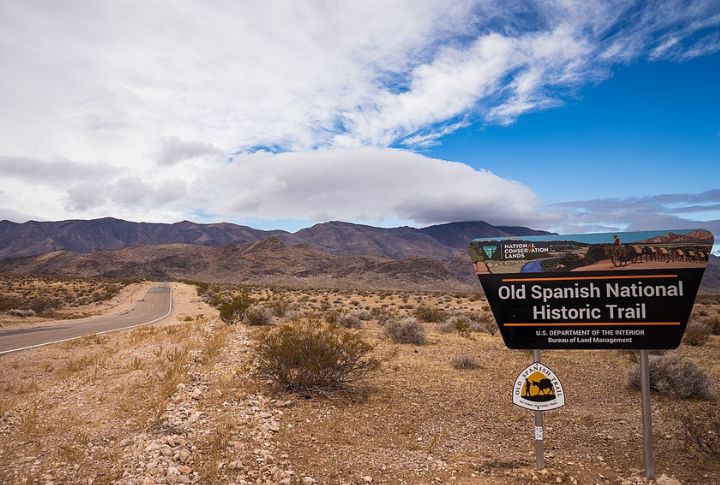
This remote bend in the Old Spanish Trail may not have hidden outlaws, but it cradled the cowboys who rode between law and wilderness. A pause spot with cottonwood shade and carved wheel ruts, it reflects how even brief rests shaped the journeys of cowboys through unforgiving terrain.
The Llano Estacado, Texas
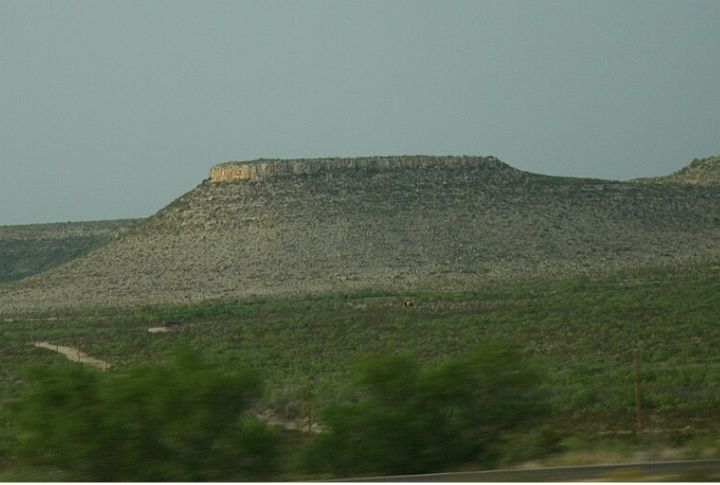
The Llano Estacado, a vast Texas plateau, stretched endlessly for cowboys and rustlers in the late 19th century. Its treeless expanse and subtle gullies, like those near Palo Duro Canyon, allowed outlaws to vanish from pursuers, using distance and low campfires to stay hidden. Knowledge of its trails and springs turned the plains into a strategic escape for those on the run.
Palo Duro Canyon, Texas

In the late 19th century, cowboys found refuge in the vast cliffs and box canyons of Palo Duro Canyon, often called the “Grand Canyon of Texas.” Ranchers like Charles Goodnight drove cattle into its depths for grazing, while cowboys camped under its rim. Rustlers exploited its secluded canyons to hide stolen herds, and the rugged terrain offered cover for those evading pursuit.
Outlaw Cave, Bighorn Mountains, Wyoming
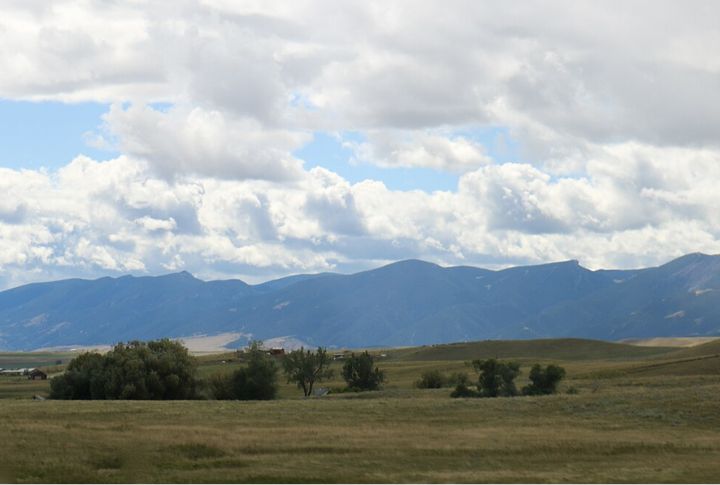
Deep in the Bighorns, Outlaw Cave hid more than horses. This sandstone shelter along the Middle Fork of the Powder River gave rustlers and ex-cowboys a place to vanish. Surrounded by steep ravines and lookout points, it remains one of Wyoming’s most documented outlaw hideouts.
Three Fingers Lookout, Oregon
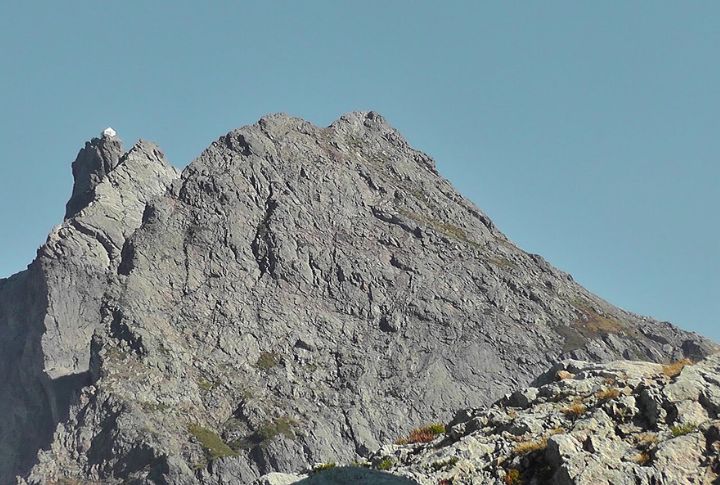
Towering above Oregon’s dry canyons, Three Fingers Lookout provided natural surveillance long before the Forest Service built a structure. While no official outlaw ties exist, its remote vantage and difficult terrain suggest lone riders or sheep herders might’ve used it when skirting trouble in wide-open country.
Adobe Walls Cabins, Texas
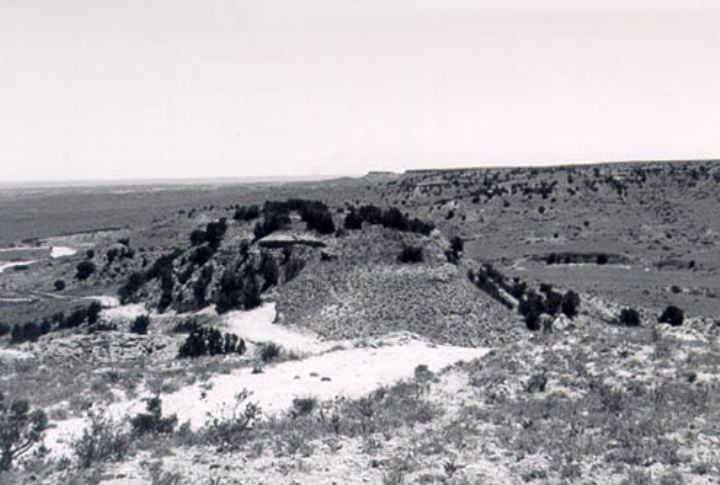
At Adobe Walls, cowboys and buffalo hunters took cover in cabins during clashes with Comanche warriors. The site saw two violent battles in the 1800s, where rifles were loaded under creaking beams. Every timber still holds the tension of survival where cultures collided.
Dog Canyon, New Mexico
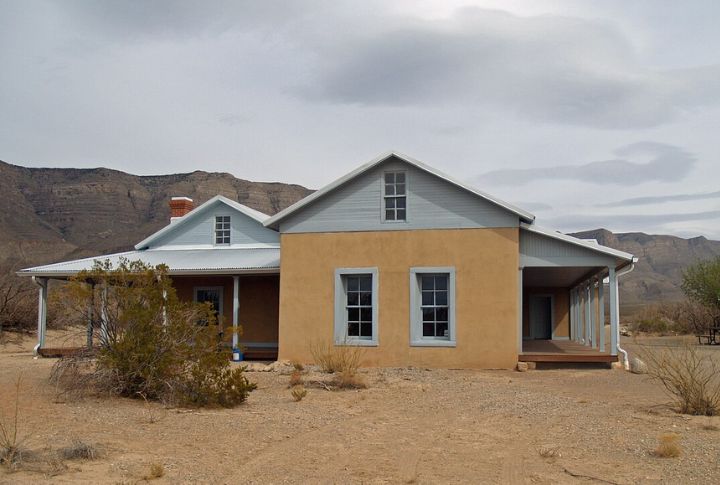
In the Sacramento Mountains, Dog Canyon provided refuge to both natives and pioneers. While cattle rustlers’ tales are light on record, its steep trails and natural choke points made it ideal for those needing a lookout and a fast escape during the region’s lawless clashes.
Hole-In-The-Wall, Wyoming
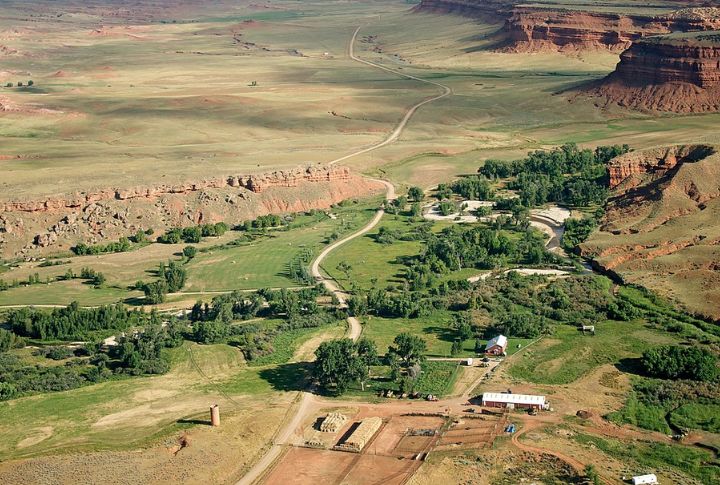
Outlaws didn’t choose this place by accident. Hidden within red rock canyons, Hole-In-The-Wall gave Butch Cassidy and his Wild Bunch natural cover and escape routes. Time hasn’t quieted its legend. Its rough terrain made pursuit difficult, and the surrounding ridges formed a near-impenetrable fortress.
Great Divide Basin, Wyoming
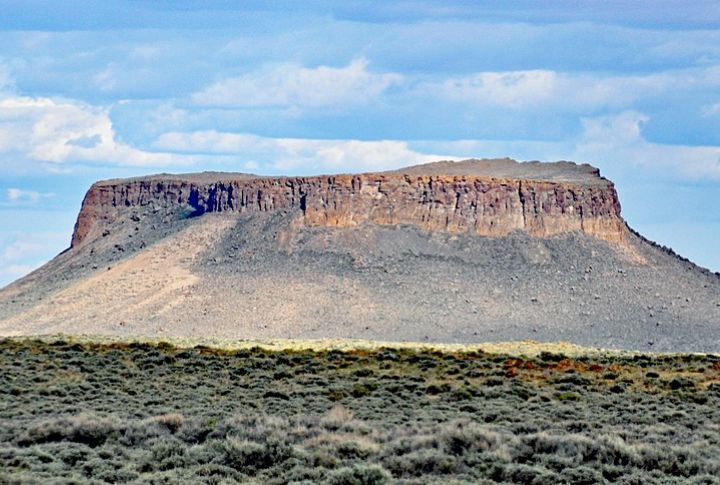
Northeast of Rock Springs, the vast Great Divide Basin offered seclusion for cowboys and rustlers in the late 19th century. Its open terrain and scattered water sources provided grazing for cattle, while its isolation allowed outlaws to rest or regroup. With ridges and distant mountains serving as natural barriers, the basin was a strategic stop for those seeking to evade pursuit.

